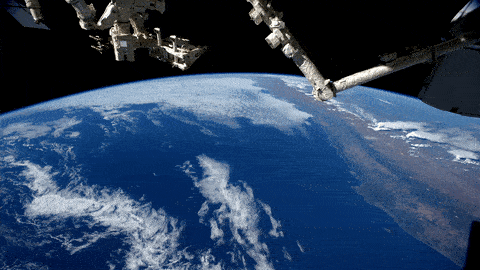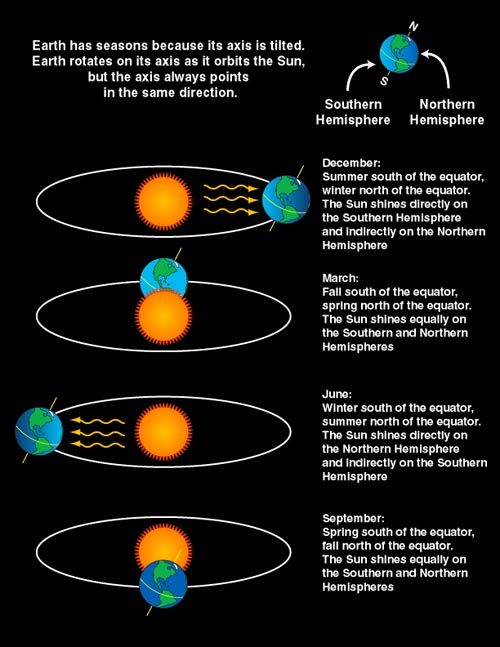Your gateway to endless inspiration
Orbit - Blog Posts
Space Station Research: Observing Earth
Each month, we highlight a different research topic on the International Space Station. In April, our focus is how the space station provides a platform for studying the Earth.

You might wonder how a laboratory 250 miles above Earth could help us study and observe our home planet, but the space station actually gives us a unique view of the blue marble we call home.
The space station is part of a fleet of Earth remote-sensing platforms to develop a scientific understanding of Earth’s systems and its response to natural or human-induced changes and to improve prediction of climate, weather and natural hazards. Unlike automated remote-sensing platforms, the space station has a human crew, a low-orbit altitude and orbital parameters that provide variable views and lighting. Crew members have the ability to collect unscheduled data of an unfolding event, like severe weather, using handheld digital cameras.

The Cupola, seen above, is one of the many ways astronauts aboard the space station are able to observe the Earth. This panoramic control tower allows crew members to view and guide operations outside the station, like the station’s robotic arm.

The space station also has an inclined, sun-asynchronous orbit, which means that it travels over 90% of the inhabited surface of the Earth, and allows for the station to pass over ground locations at different times of the day and night. This perspective is different and complimentary to other orbiting satellites.
The space station is also home to a few Earth-observing instruments, including:

The ISS-RapidScat monitors ocean winds for climate research, weather prediction and hurricane science. This vantage point gives scientists the first near-global direct observations of how ocean winds can vary over the course of the day, while adding extra eyes in the tropics and mid-latitudes to track the formation and movement of tropical cyclones.

CATS (Cloud-Aerosol Transport System) is a laser instrument that measures clouds and airborne particles such as pollution, mineral dust and smoke. Improving cloud data allows scientists to create more accurate climate models, which in turn, will improve air quality forecasts and health risk alerts.

In late 2016, we will launch Stratospheric Aerosol and Gas Experiment III (SAGE III). This experiment will measure ozone and other gases in the atmosphere to help scientists assess how the ozone layer is recovering.

Want to observe the Earth from a similar vantage point? You can thanks to our High Definition Earth-Viewing System (HDEV). This experiment is mounted on the exterior of the space station and includes several commercial HD video cameras aimed at the Earth.
Make sure to follow us on Tumblr for your regular dose of space: http://nasa.tumblr.com
Leap Day…Why Does It Exist?
Once every four years, an extra calendar day is added: a leap day. But why?
The reason for adding leap days to the calendar is to align the calendar year with the actual year – which is defined by the time it takes Earth to circle the sun. It is equal to 365 days, 5 hours, 48 minutes and 46 seconds, or 365.24219 days.

If all calendar years contained exactly 365 days, they would drift from the actual year by about 1 day every 4 years. Eventually, July would occur during the northern hemisphere winter! Wouldn’t that be weird?
To correct (approximately), we add 1 day every 4 years...resulting in a leap year.

By making most years 365 days but every fourth year 366 days, the calendar year and the actual year remain more nearly in step.
Make sure to follow us on Tumblr for your regular dose of space: http://nasa.tumblr.com